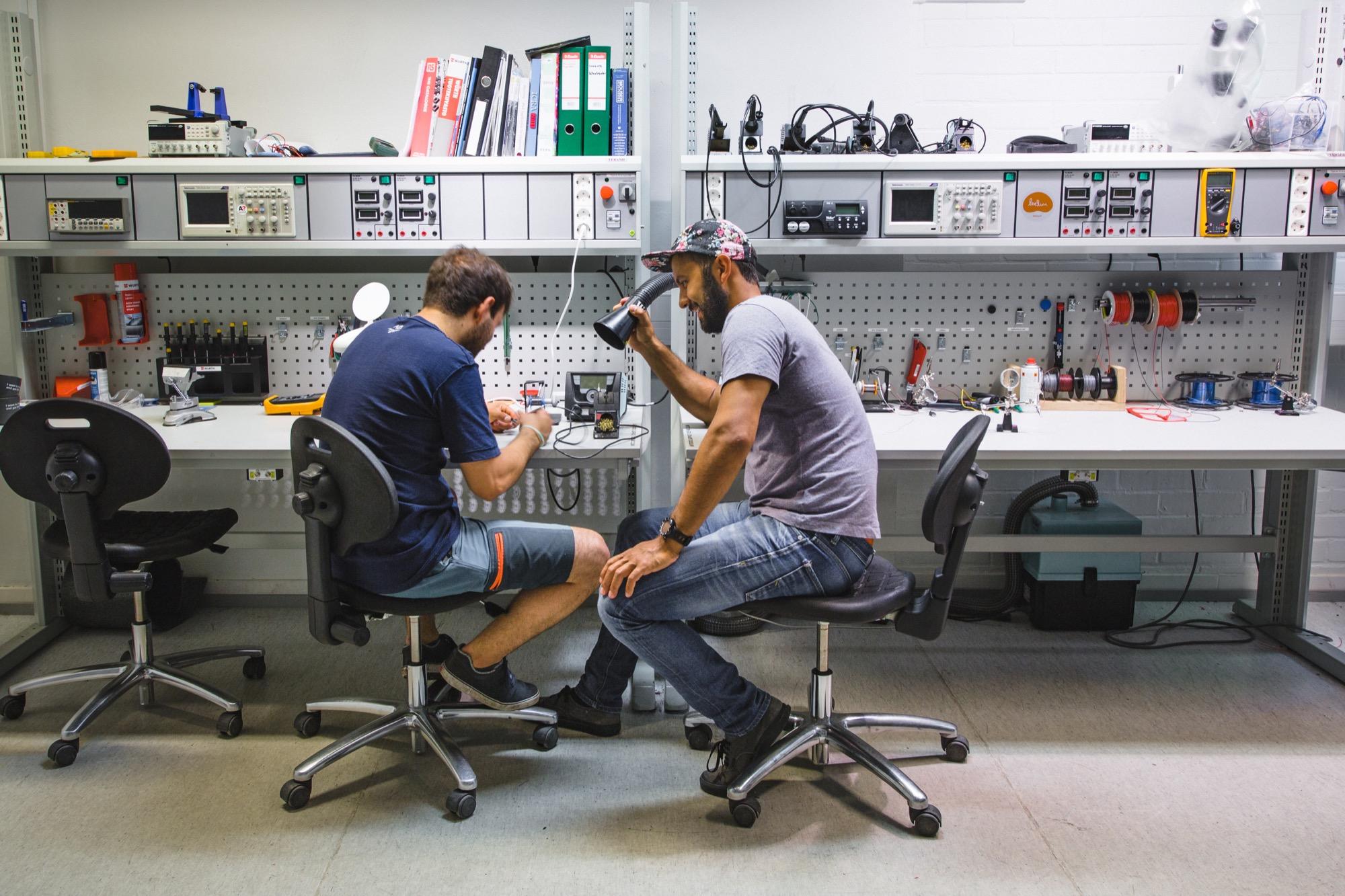Series Part 3: Group work
Participation in group work results in the interaction with other students, for example through the discussion and debating of topics, resolution of conflicts or disagreement, as well as peer- and self-assessment. This is an example of social learning. In social learning, social experiences and interactions support the understanding of content. The students educate themselves and each other, and provide support for continuous learning and for the on-going creation of new ideas and skills.
Series Part 3: Group work
Participation in group work results in the interaction with other students, for example through the discussion and debating of topics, resolution of conflicts or disagreement, as well as peer- and self-assessment. This is an example of social learning. In social learning, social experiences and interactions support the understanding of content. The students educate themselves and each other, and provide support for continuous learning and for the on-going creation of new ideas and skills.
To promote social learning, assignments can be such that inter group cooperation is necessary. Also, team-building exercises should be encouraged, as well as mid-work feedback and support from both the instructor and the other groups. Continuous feedback throughout the learning process motivates students as they can see their learning process and helps them achieve their goals. Group work can also help lower fear and anxiety experienced in regards to tackling new, challenging problems.
Multidisciplinary work
Being able to participate in real-life projects requires not only field knowledge, but advanced skills in working in multidisciplinary teams.
The main objective of working in a multidisciplinary team is to provide students different perspectives on problems and comprehensive research questions, to develop communication and teamwork abilities, and to be able to solve real-life complex problems in a real-world setting. In multidisciplinary settings, students not only learn to communicate with their teammates from different disciplines, but also to effectively communicate with external stakeholders. This will improve their readiness to meet the requirements of working-life.
The kind of ill-defined problems that students work on in design-based learning are ideal settings for real-life multidisciplinary project work. Working in this kind of project has the added that students learn to better assess their own skills, their strengths, and weaknesses, as well as to achieve a higher tolerance to ambiguity and reduce their fear of failure.
Series Part 1: Introduction to ADF ways of working
Series Part 2: The environment
Series Part 5: The role of the teacher
Series Part 6: Prototyping, failing and learning
Series Part 7: The successful student and the role of university education
 Aalto DF
Aalto DF